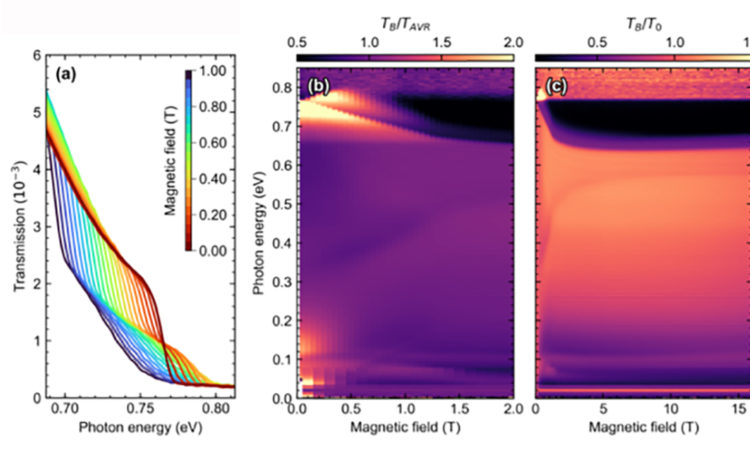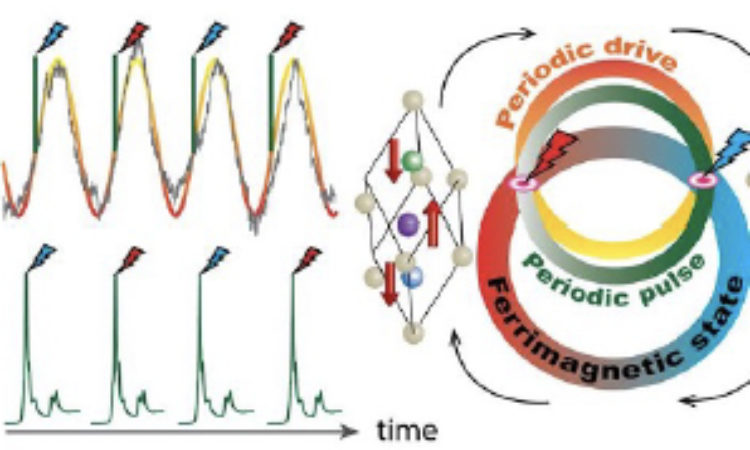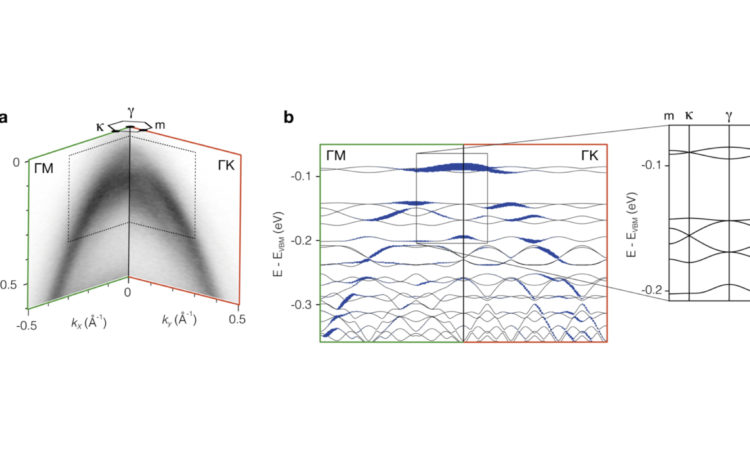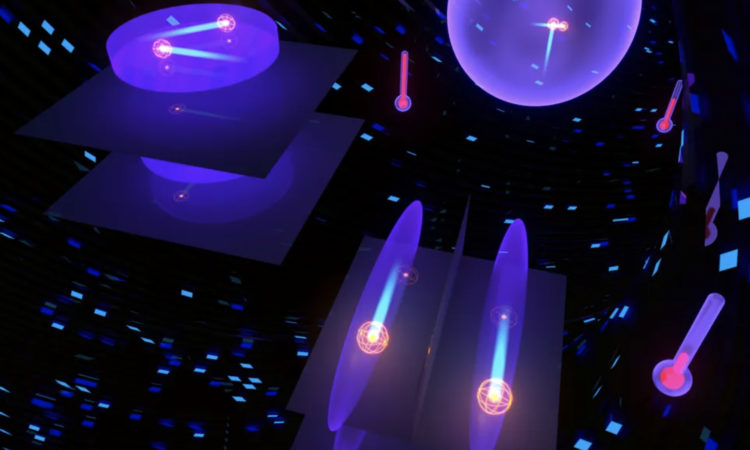A BCS fingerprint revealed by the vortices of a high Tc superconductor



By Christophe Berthod, Ivan Maggio-Aprile, Christoph Renner, Department of Quantum Matter Physics, University of Geneva
Based on article published in Physical Review Letters
Copper oxide superconductors were the first to be found superconducting above liquid nitrogen temperature in the mid-1980s, thus shattering through the maximum critical temperature of 35K foreseen by theorists. The mechanism enabling the superconducting state at such high temperatures remains a puzzle. Among the unusual features of high-temperature superconductors (HTS) was the vortex-core electronic structure. Vortices form when the HTS is immersed in a magnetic field. The superconducting order parameter drops to zero at the vortex center while the supercurrent forms a loop. This topology is responsible for an unusual quasiparticle local density of states (LDOS) near the core predicted by Caroli, de Gennes, and Matricon within the framework of the BCS theory. While this prediction was verified for low-temperature superconductors, it failed completely to explain the tunneling spectra measured at the vortex cores of HTS until now.

Figure: Spectroscopic fingerprints of vortices in YBCO revealed by STM after subtraction of a background signal, compared with simulations based on the BCS theory
In a series of scanning tunneling spectroscopy (STS) experiments on YBCO, we found that two subgap conductance peaks so far associated with the vortex cores are not vortex features, but are part of an electronic background uniformly measured across the entire surface, whether a magnetic field is applied or not. This finding led us to consider a simple model assuming that the total tunneling current is the combination of two additive channels: one associated with the quasiparticle excitations expected for a clean d-wave superconductor with YBCO band structure; the other corresponding to an unknown non-superconducting background where the subgap peaks belong. According to this two-channel analysis, the superconducting condensate contributes only 15% to 20% of the total tunneling signal, explaining the difficulty of detecting the BCS fingerprints in this material.
Because the dominant background is spatially uniform and simply adds to the total tunneling current, we can eliminate this unknown contribution by subtracting a spectrum measured away from the vortex cores from all the tunneling spectra measured in the vortex phase. The remaining signal can be modeled in the Bogoliubov-de Gennes framework without knowing the background, by computing the spatial dependence of the LDOS in the presence of vortices and performing the same subtraction. We find a remarkable correspondence between the model and the data, demonstrating that the vortex cores in HTS cuprates are not exotic but present the expected quasiparticle LDOS.
The model provides further insight into the vortex-core structure, which is different for each vortex due to an irregular lattice and depends on the Fermi surface topology more than on the gap symmetry. While this study solves the puzzle of the vortex-core signature, it raises a new question: what is the nature of the dominant background conductance in YBCO? This question and whether the same model applies to other HTS cuprates will be addressed in future studies.



